Singapore visits Aotearoa New Zealand
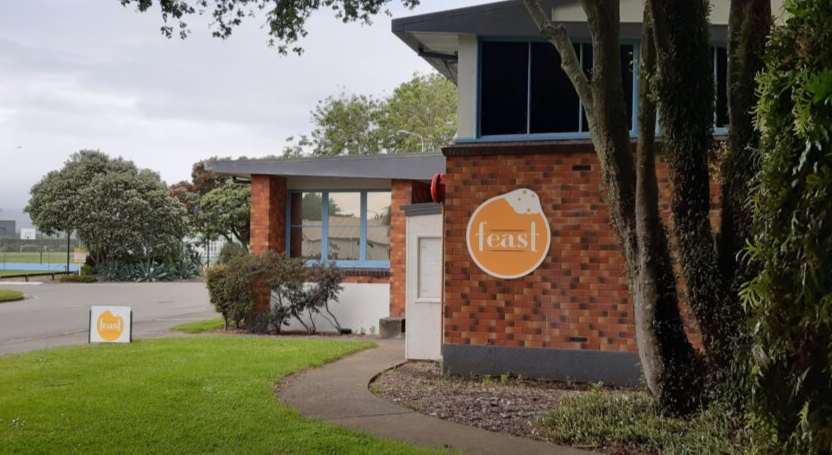
In October 2023 Research Officer Amanda Lim took part in a laboratory exchange to the Feast Lab in Aotearoa-New Zealand as part of the Future Foods Catalyst Programme.
It was Amanda’s first-time visiting Aotearoa-New Zealand and she enjoyed herself during the two weeks she was there!
Welcome to Feast!
Learning about Māori through the lens of participants
During the lab exchange, Amanda worked with Summer on her final PhD project on understanding consumer perception towards Māori environmental wellbeing and provenance messaging on food and beverage products. As someone coming from outside of Aotearoa-New Zealand, it was interesting to hear views from participants with different demographics and backgrounds e.g. someone with Māori ancestry vs someone without. As Summer’s project used a qualitative interview approach, she could get more in-depth responses to understand human experience and opinions which cannot be achieved using quantitative methods such as using a questionnaire. After sitting in the interviews in both Aotearoa-New Zealand and then later in Singapore, differences in responses between participants from both countries were largely due to the cultural knowledge of Māori ancestry, as well as personal experiences and beliefs.
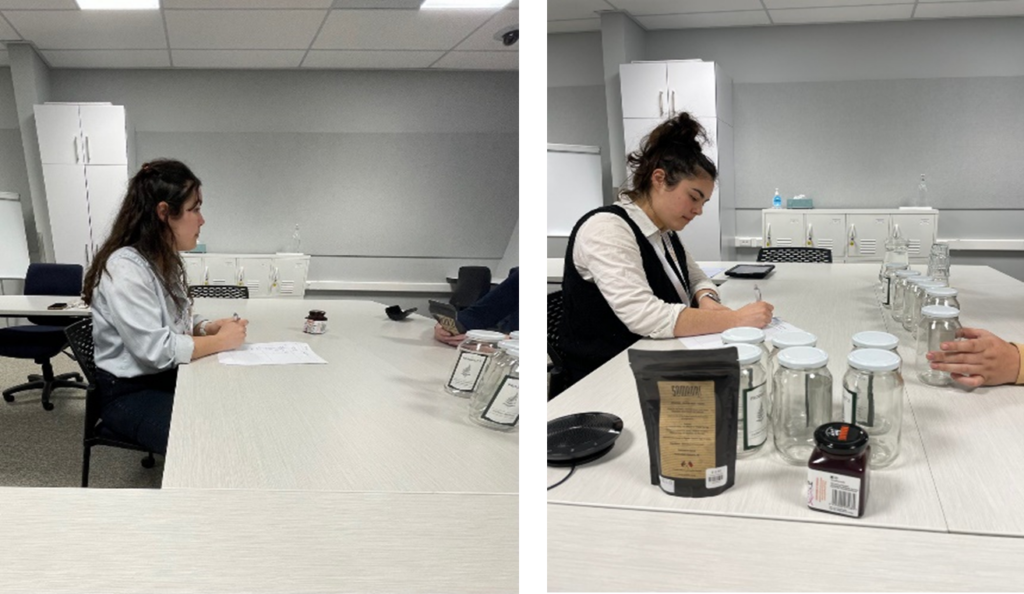
Some hands on!
Amanda also had the opportunity to carry out an internal pilot session with Caroline for our cross-cultural project investigating consumer acceptance of chef-developed seaweed products. Conducted differently from Singapore, pilot participants evaluated the samples individually before an open discussion was held. In Singapore, we conducted 2-3 pilot sessions as we had fewer booths and held a debrief at the end of each session. While different methods were used, the same outcome of understanding consumer response to chef-developed seaweed products was achieved.

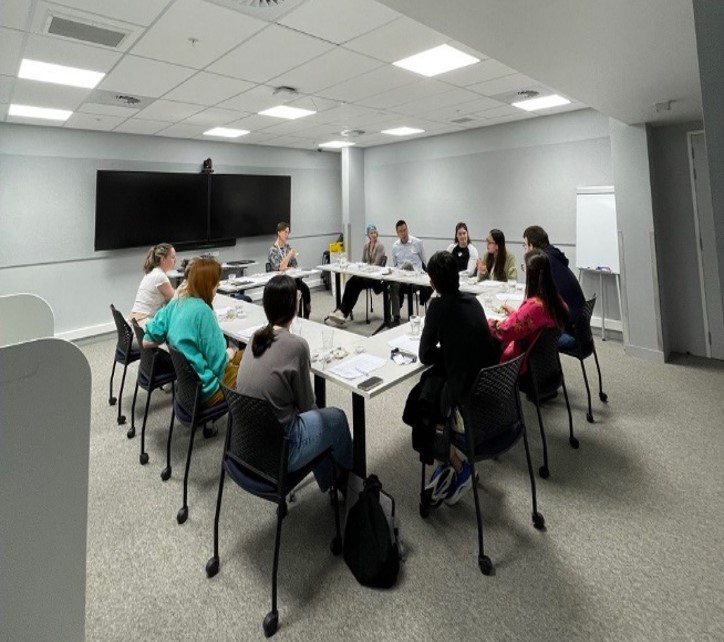
Data collection for this cross-cultural project has been completed in New Zealand and is currently in progress in Singapore. Watch this space for our findings later in 2024.
Digital Immersive Space
A week later, Siew Bee and Apple joined Amanda and toured the Feast facilities. They were in awe of the digital immersive room in Feast. This innovative facility provides an experience and environment that allows participants to feel physically present and engaged as if in a real-life setting. Experiences include a concert hall, restaurants, aquarium, and a home setting.
The traditional way of conducting consumer tests is in sensory booths. The controlled settings do not reflect how we eat or drink in real life. Hence, this digital immersive space helps to bridge the gap between the laboratory setting and reality, allowing participants to relate better when evaluating food samples “at home” or “in restaurants.”
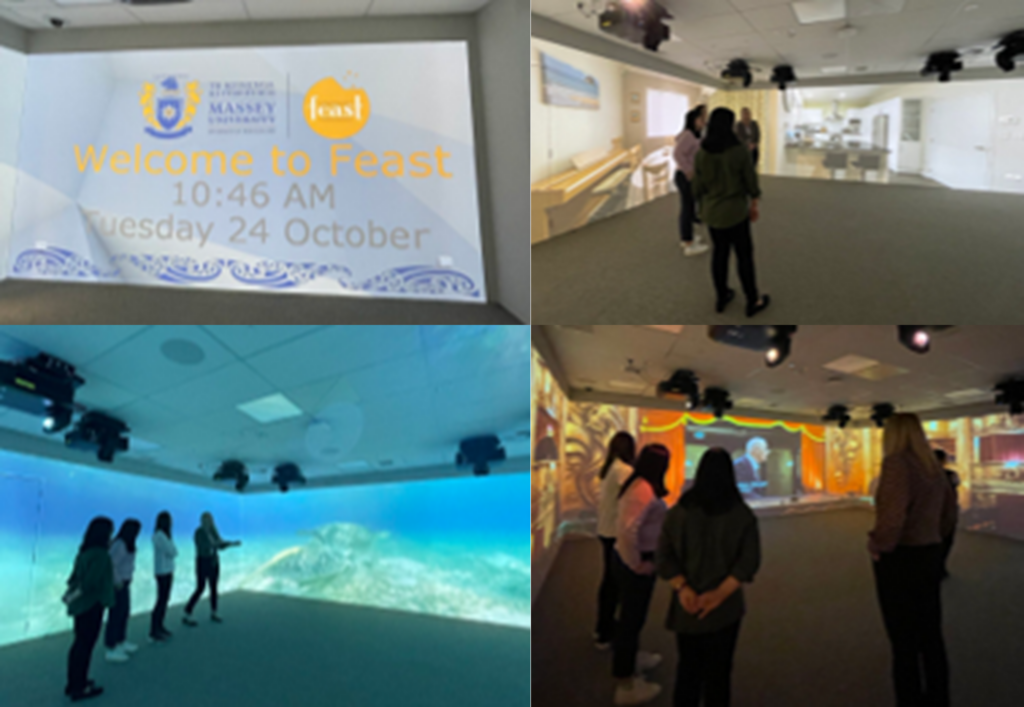
First-ever physical workshop!
The highlight of Amanda’s trip was the workshop held at Feast. It was the first time all members of the Future Foods Catalyst programme were present in the same physical space! We had a fruitful discussion on the progress of the programme and built onto each other’s ideas to determine how the road ahead looks to extend our Future Foods collaboration. Overall, we are pleased with the progress and research we have conducted on understanding motivations and barriers to consumer engagement with future foods.
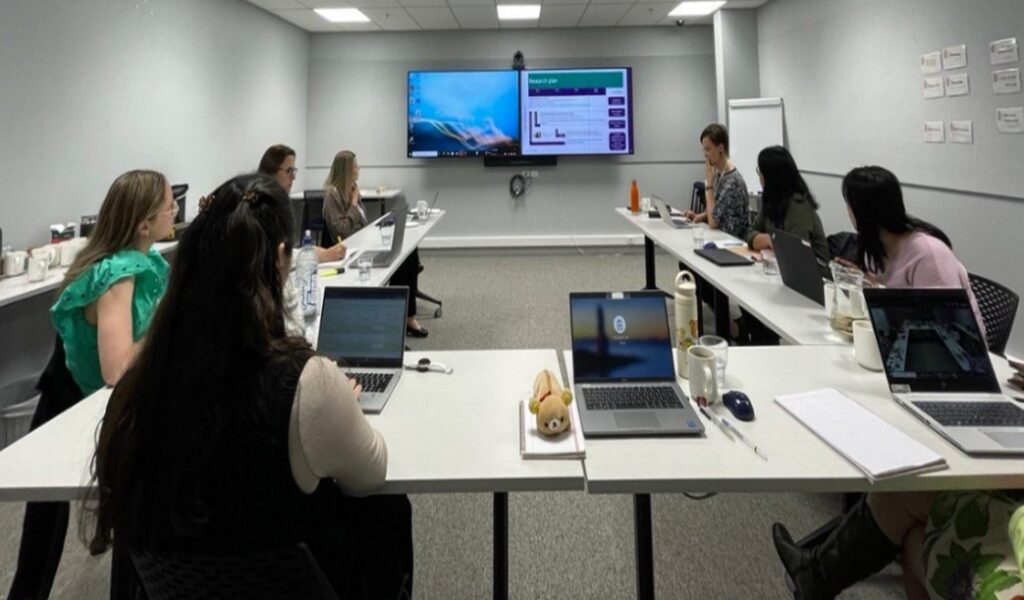


A huge thank you to the Feast team for hosting us and a shout out to Dianne for suggesting & organising activities in the evening so that we could explore what Palmerston North has to offer. It was also lovely meeting two Singaporeans students, Reuben and Christine, who were on their final year internships. I look forward to more collaborations in this new year!
Aotearoa New Zealand visits Singapore
In December 2023 PhD students Summer and Rebekah took part in a laboratory exchange to A*Star in Singapore.
Empty jars but a full stomach: Summer’s consumer interview study
Summer visited Singapore to conduct the final phase of a cross-cultural consumer study. Her research interviewed critical consumers – people who think conscientiously when buying food – to compare consumer attitudes in Singapore and Aotearoa. The study used different forms of environment and provenance messages on Māori food packaging, inviting people to share their opinions and values in relation to the messages.
First-look findings show some similarities and differences between Singapore and Aotearoa. Cultural preservation and retaining identity were common themes in Singapore, while social harmony was widely reported in Aotearoa. Looking after future generations was a common theme for both countries.
The results of this study will be useful for Māori business branding, while also providing insights into the minds of consumers and their worlds in Singapore and Aotearoa. A special acknowledgement to Amanda and Xanthe in the Singapore team who put in a huge amount of work to make the study happen!
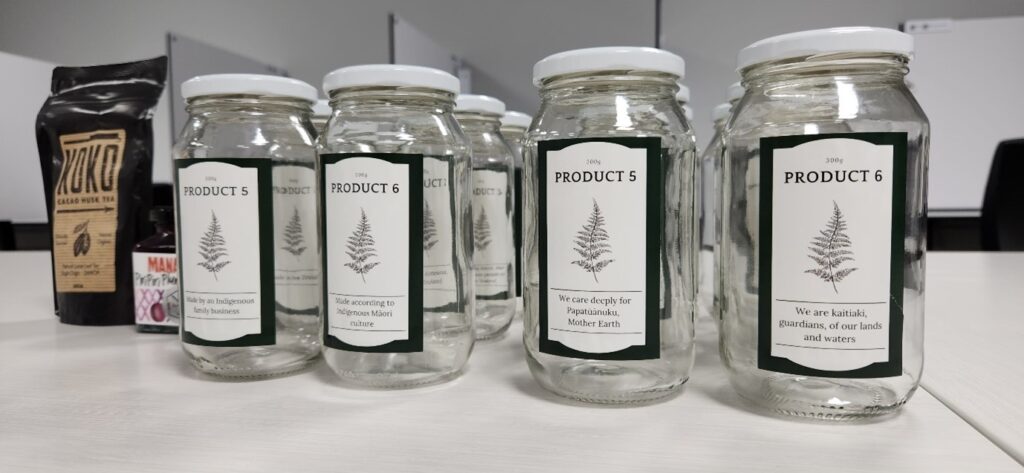
Rebekah’s laboratory exchange
Rebekah visited Singapore for a laboratory exchange to gain experience working with the A*Star Sensory and Ingestive Behaviour (SIB) team. During her exchange, Rebekah assisted with the data collection for a cross-cultural consumer study between Aotearoa and Singapore, examining consumer responses to two chef-developed seaweed products. It was interesting to observe the similarities and differences between how the Feast lab and the SIB team conduct consumer testing and to bring back ideas that can be implemented at Feast.
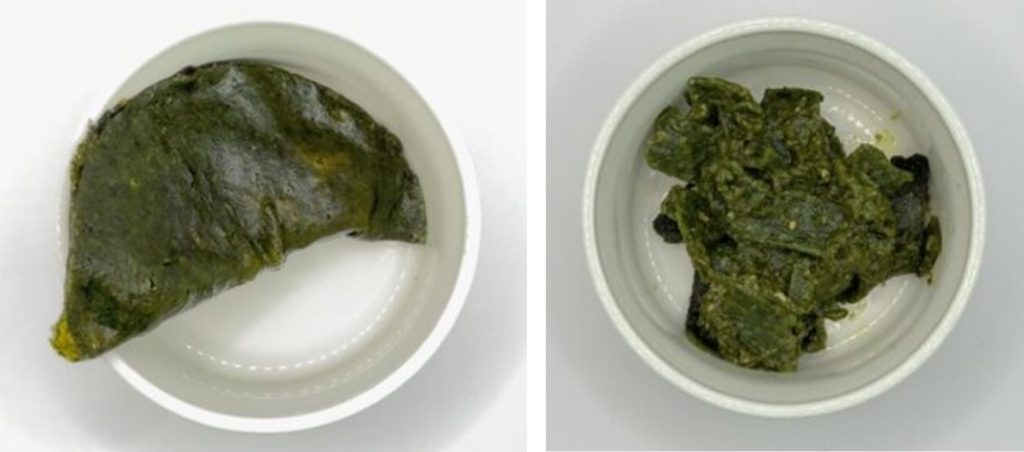
Seminar
As part of the exchange, Rebekah and Summer presented a seminar to A*Star staff on their individual research within the Consumer Dimension of Future Foods project.
Summer’s presentation discussed the unique cultural context of Aotearoa New Zealand, and how this influences Māori enterprise. Her presentation highlighted the unique opportunities and challenges for Māori in the plant-based foods sector, explaining its relevance and implications for wider trends in Aotearoa New Zealand’s food industry.
Rebekah’s presentation discussed recent trends in consumer research including measuring emotional response, digital eating environments, and consideration of meal context. She explained how she applied these trends to her PhD research with plant-based foods.

Singapore, the culinary kaleidoscope
Half a world away from Aotearoa are Singapore’s Hawker centres, wet markets, and expansive canteens. Being an ancient maritime island, Singapore has a diverse heritage from across Asia. Many backgrounds coalesce to form one of the most varied and colourful culinary scenes in the world. Peranakan/Nyonya, Malay, Hainanese, Thai, Vietnamese, and North/South Indian are just a few cuisines widely available, each with their own traditions and histories. There are numerous plant-based foods and proteins across these food cultures.
National favourites, such as chicken rice, did include meat, though it wasn’t hard to find a plant-based option. Foods that are considered ‘alternative’ proteins in Aotearoa, like tofu and soy milk, are normal in Singapore. Monkey head (lions’ mane) mushrooms also provided a surprisingly dense steak-like texture, and coloured sago makes for great imitation caviar.

This foundation has contributed to Singapore’s more recent reputation for food innovation and alternative proteins. New generation alternative proteins like Impossible meat and fish-free fingers were widely available in supermarkets and commonly offered as a meat-free alternative on restaurant menus (like this Impossible Burrito!). Despite the widespread availability of plant-based meat alternatives, traditional meat was still the most popular choice.
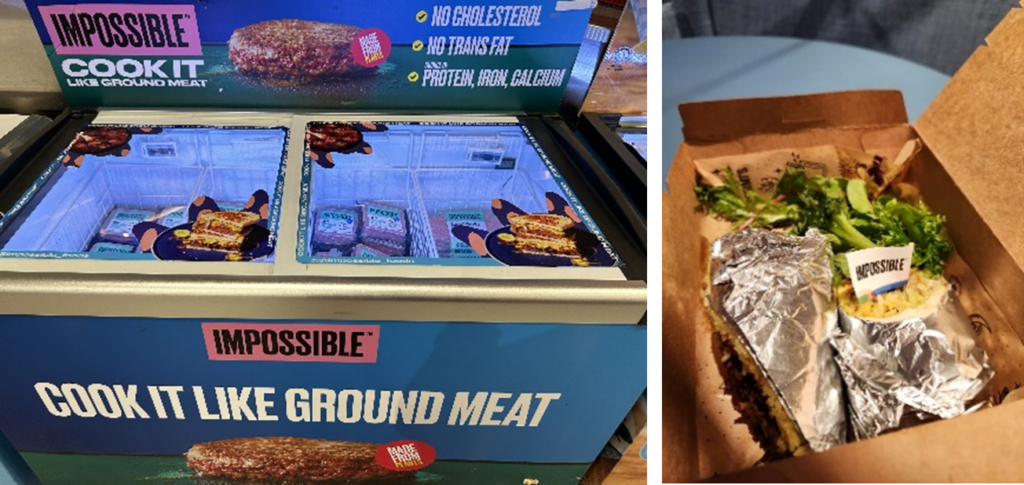
Summer’s plant-based food highlights
Summer’s love for ‘Mr Bean’, a soymilk outlet, became a running joke in the Singapore team. Bean curd is very simple: it is coagulated soy milk (syrup and rice balls optional) and became her new favourite food. It’s high in protein and very filling while being comforting and convenient.

Other highlights included longan from Xanthe, a birthday cake from the team, Mala (Sichuan) chips from Ai Ting, marmite tofu ribs, hot sour Thai chicken, thunder tea rice, and varieties of yong tau foo.
Rebekah’s plant-based food highlights
Rebekah particularly enjoyed the blue pea yuan yang which is a combination of coffee, tea, and blue pea flower. Other highlights included iced tea, vegetarian laksa, bagels, and the endless lunch options from the NUS canteen.

Rebekah also tried durian but wasn’t a fan of its distinctive smell, flavour, and texture…
Plant-based dinner
The SIB team organized a farewell dinner at Elemen 元素, an entirely vegetarian restaurant. It was here that we got to try peach gum, a unique ingredient often used in Chinese cuisine for it textural and nutritional properties.
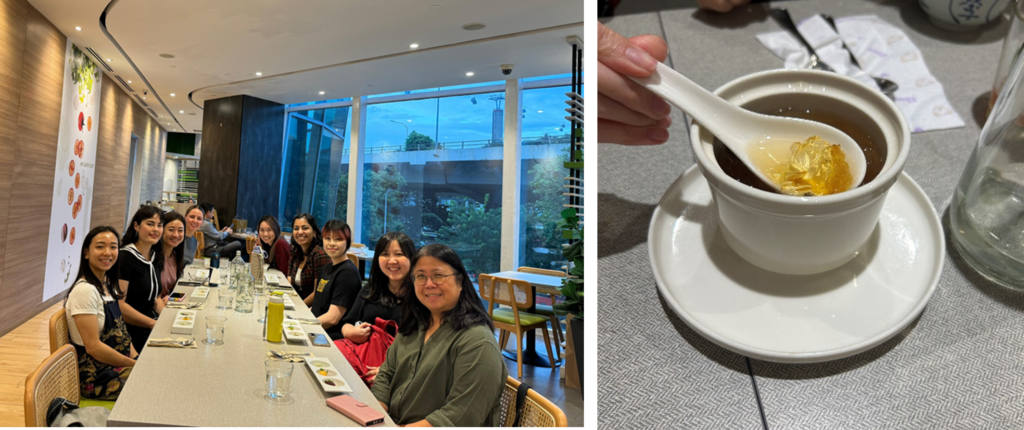
Exploring Singapore
During the visit Summer and Rebekah also had an opportunity to explore Singapore and experience its diverse culture, architecture, and unique attractions including Garden’s by the Bay, Marina Bay Sands, and Sentosa Island, just to name a few. They particularly enjoyed the green spaces, mix of modern and traditional buildings, and the efficient public transport.


We had a great time in Singapore and would like to thank Amanda, Xanthe and the rest of the SIB team for their hospitality. We appreciate your support in showing us how to enjoy Singapore and how to work in your lab!

